![]()
Some people may think I, as a 5th grade teacher in rural Oregon, am least likely to deal with a drug crisis. Yet my reality is the exact opposite. You see, in Oregon, one in 11 people are struggling with drug abuse. Every hour, an Oregonian is arrested for a drug-related incident. These arrests are leading reasons Oregon children land in the foster system.
I do deal with the drug crisis and how it affects innocent children. This crisis is not an “urban” problem, limited to people who are homeless under bridges and on sidewalks in downtown Portland. It’s happening all over the state, including right here.
Drug addiction leaves a wide wake of hurdles. It’s not unusual for me to have one or more students in households where an adult is dealing with substance abuse.
No child—no matter how young—is unscathed by their family’s challenges. These kiddos feel every bit of that weight and carry it right into the classroom. Leaving it at the door just isn’t an option for them.
I see how this weight competes with their ability to learn and be part of the school community. One of the things that tugs at my heartstrings most is when a student withers from their educational potential. They’ve seen another system—the justice system—hurt their loved one, often the entire family. They know this system seldom means “good stuff ahead.”
The ripple into our schools and communities is just one reason to rethink our response to drug addiction. Instead, addiction should be treated for what it is—a health care issue!
Right now, one of the biggest obstacles in Oregon’s drug crisis is the ability to provide care for people who are ready to recover. Measure 110, which will be on the ballot this November, will expand Oregon’s ability to provide drug treatment and recovery services to communities all across the state—including ours.
Measure 110 also addresses another important issue—the often-debilitating hurdles people deal with after they’re hit with a charge for low-level drug possession. Even after someone finds recovery, their record still follows them, making it harder for them to find jobs, housing, obtain professional licenses, student loans, and more.
This measure expands access to treatment and removes unfairly harsh punishments for minor, nonviolent drug offenses, so people with addiction can more easily recover. People will no longer be arrested and put in jail simply for possession of small amounts of drugs. Instead, they will receive a health assessment and be connected to the right treatment or recovery services, including housing assistance, to help them get their lives back on track.
Measure 110 doesn’t legalize drugs, and no change is made in the criminal code for delivery, manufacture and other commercial drug offenses. These offenses remain a crime. No change is made for other crimes that may be associated with drug use, such as driving under the influence and theft. One of the best parts of Measure 110—it is paid for by money already flowing into the state in the form of taxes on marijuana.
It comes down to this: Students have one shot at 5th grade, or any grade. Their home life is a huge ingredient to their success. Measure 110 means more support for parents with addictions, therein giving kids a better chance to succeed. It’s just that simple.
Think of the good we could bring to our communities with addiction recovery for anyone who wants it. It would make my classroom, and classrooms all around Oregon, just a bit brighter.
Please join me in voting “yes” on Measure 110, the Drug Addiction Treatment & Recovery Act.
—Anna Rhodes is an educator of 7 years in Central Oregon.

